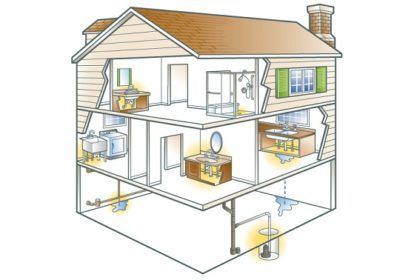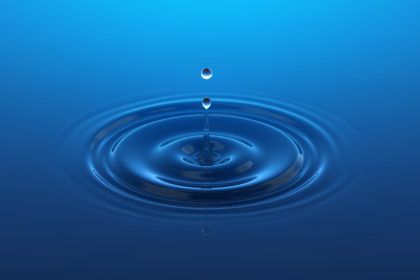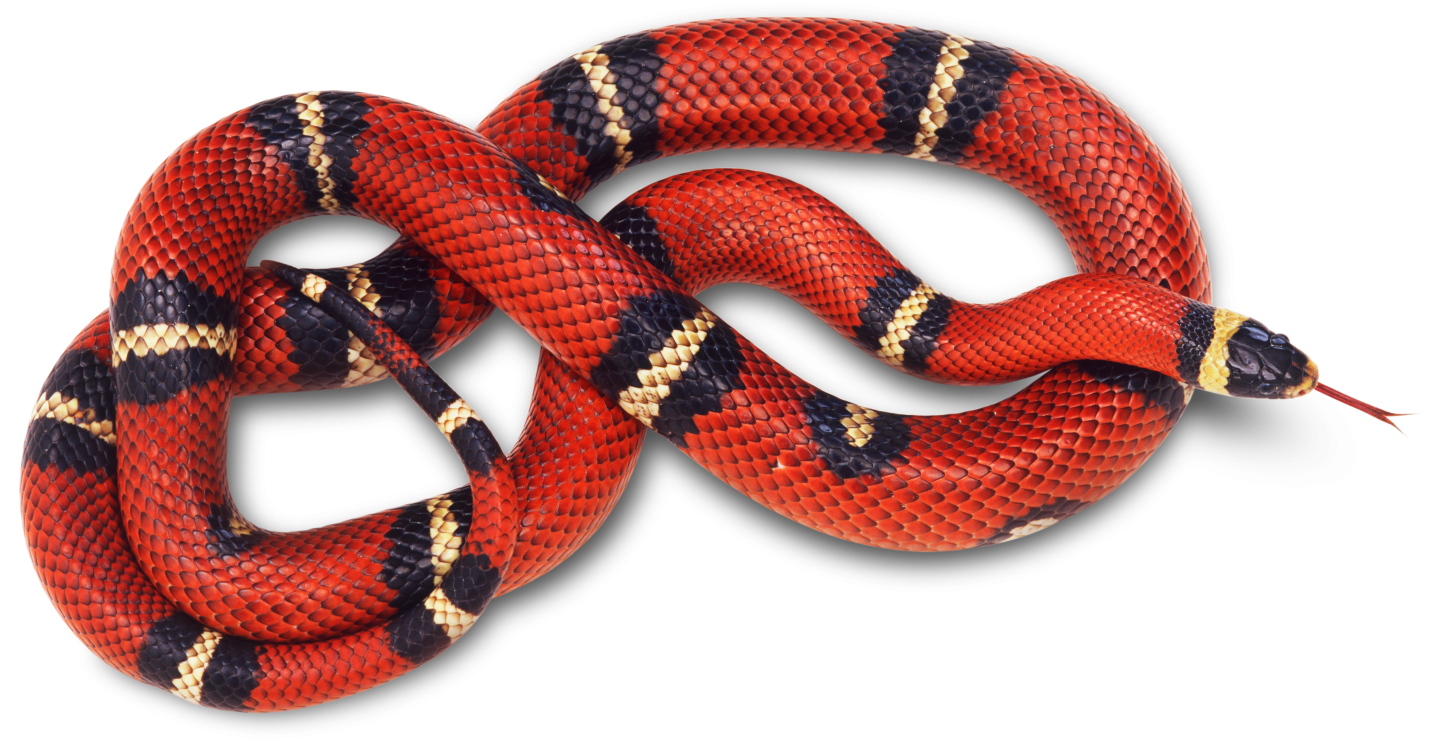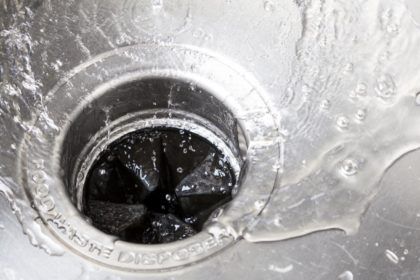When tough clogs happen, (and they will) don’t panic. Unclogging a drain can take as little as 5 minutes (in some cases).
First things first. Don’t use Draino or other liquid drain cleaner. The toxic chemicals are bad for your pipes, especially in old houses where they can’t withstand the acid. Not to mention if it doesn’t work, you’ll have a whole mess of toxicity to deal with. Also, the chemicals can react with the grease and soap in the line and make matters worse.
Which leads us to the snake; a long, flexible steel coil for dislodging stoppages in curved pipes. It costs roughly $25.00 and is worth every cent.
Using the snake is fairly simple. Push the end into the drain opening and turn the handle on the drum containing the coiled up snake. Keep pushing until you feel resistance then rotate it against the blockage until you feel it move freely through the pipe.
However, many times you can dislodge the clog before it gets to this point so before you pull out the coveted plumbing tool, start with a few of the following tips.
Kitchen Sink
Kitchen clogs are most often caused by built up grease and debris such as coffee grounds, so start at the top to search for the clog. It’s important to plunge the sink first to make sure it isn’t just below the drain. Cover the side that isn’t clogged and plunge the other. If this doesn’t work, check the disposal.
- Turn it on and if you hear a low humming sound it’s probably jammed. Unplug or turn off the disposal. Push back the rubber splash guard in the throat of the disposal. Visually inspect the inside of the disposal with a flashlight to make sure there are no broken pieces of glass or other sharp objects that could cut you. With a long screwdriver or broom handle make sure the cutting blades are free-spinning. Manually turn the blades. You can do this by inserting an Allen wrench in the bottom of the disposer and twist.
- If the disposal doesn’t make a sound when you turn it on, an internal breaker has probably tripped. Let it cool off and push the reset button on the disposal.
Still clogged? Move on to checking the “P-Trap,” named for the shape of the drain. This is the trap arm which is curved to trap some water so that sewage smells don’t creep into your house.
Sponge the backed up water from the sink to minimize the amount that will spew out when you open the drain. (Keep a bucket handy to catch the trapped water.) Once you take the drain apart, inspect for a visible obstruction.
Still no luck? Snake.
Bathtub
Ironically, the area we use to wash ourselves can get down–right gross. Start by cleaning out the strainer and stopper of hair and soap scum. The problem is usually a sticky wad of hair collecting on the cross bars just a few inches under stopper, which can sometimes be loosened with a plunger or removed with a pair of needle nose pliers. Fill the tub with a few inches of water and cover the overflow opening with a wet rag held tightly in place. Submerge a plunger and see if you can dislodge it.
If this doesn’t work, bend a stiff wire or coat hanger to form a hook and shove it through the drain. If there is a clump of tightly wound hair, you may have to cut it, and if you still can’t get it…snake.
Tubs are trickier. Instead of simply feeding the snake straight down the drain, you have to go through the overflow plate opening. To do this, put approximately 3’ of the snake down the drain until you feel a resistance. At this point, the snake should either push through or grab the clog. Once you are through the trap, move the cable back and forth while turning; you may may feel the clog. Stay close to the drain to control the snake better and clean it as you pull it back.
Run water to see if the drain is clear. If not, repeat the process. Caution, don’t push too far or you may snag the snake which could require professional help.
Bathroom Sink
The bathroom sink is one of the easier drains to unclog. Remove the pop-up stopper by disconnecting it under the sink, then pull it out from the top and clean.
If that doesn’t work, disconnect the drain trap, (again, keep a bucket handy.) These clogs can be caused by object such as a toothpaste cap or a hairband which can be quickly disposed of. If this isn’t the cause, loosen the trap arm and pull it straight out of wall. If you now see a visible obstruction, remove it. If not, put on the gloves and snake.
Toilet
Obviously the easiest method to try is plunging. The first plunge should be gentle in order to force the air out and avoid spraying water everywhere (yuck).
Plunge vigorously without breaking the seal. Stick with it, it may take 15-20 plunges. Fortunately, (or not) the most common objects plugging a toilet are toys.
Still not working? Snake.
*For toilets there is a closet auger specially designed to get through the trapway of the bowl. It also has a rubber sleeve to protect the toilet bowl from scrapes.
At this point, if it’s still clogged, call a plumber. The toilet may have to be removed to get the clog out and then reset which can be tricky.
Sewer Lines
Sewer lines should not be treated lightly. If you notice any of these signs, call a plumber.
- Gurgling noises in the drain or toilet.
- Water back-up or flooding.
- Water backing up out of the basement floor drain.
- Toilet bubbling or gurgling when flushed.
An ounce of prevention is worth a pound of cure.
Stay on top of your drains and you’ll have better luck keeping them clear.
- Use strainers in every drain and clean them often.
- Don’t drop bits of soap down the drain thinking it will dissolve, it won’t.
- Once a month pour a kettle of boiling water down the drain to melt grease or body oil. (Don’t do this with the toilet, it will crack the porcelain.)
- Every 3 months pour 1/2 c of baking soda down drain then slowly add a 1/2 c white vinegar and let it sit. Run hot water afterward to get rid of any last debris. (Bonus: It leaves the drain fresh!)



